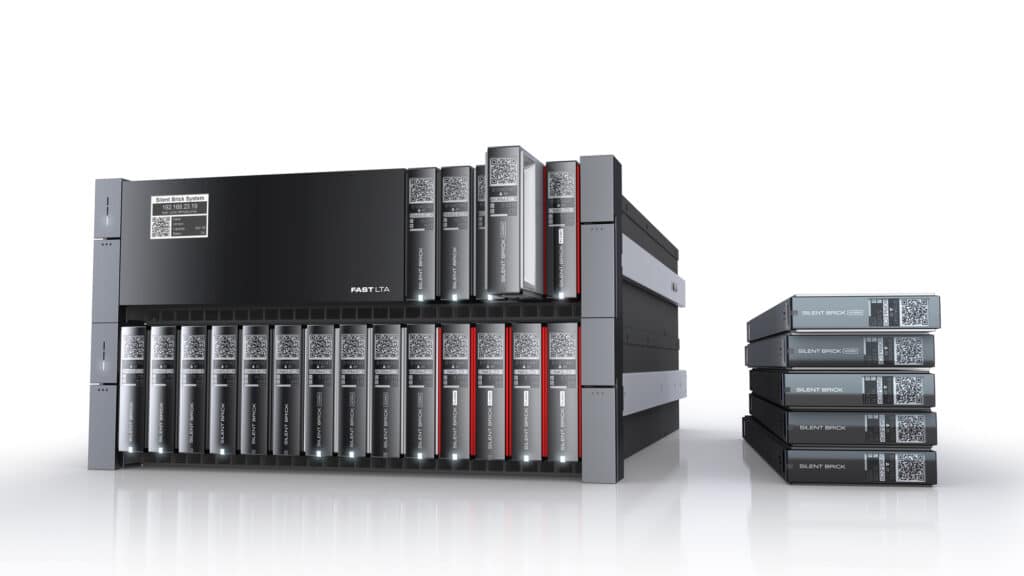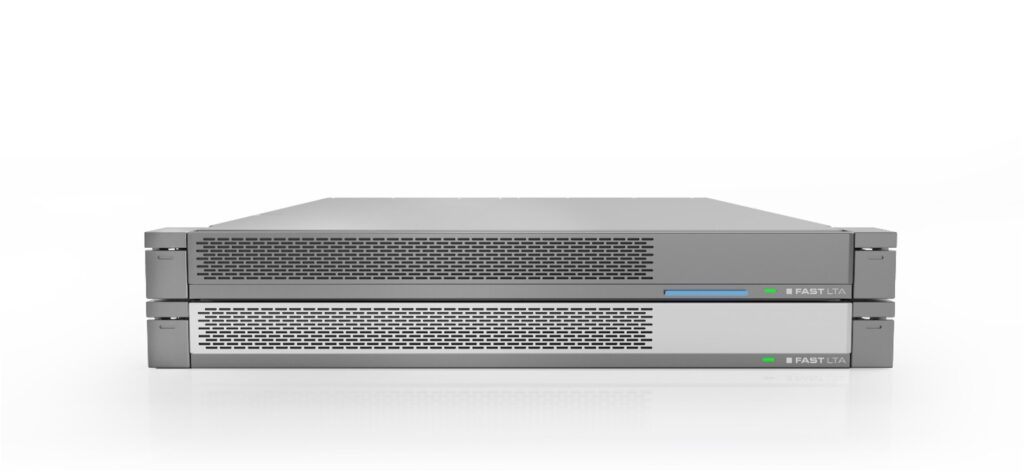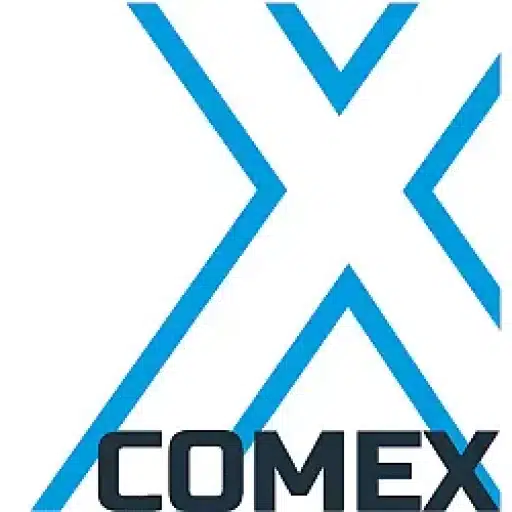+31 (0)43 30 88 400 | office@comex.eu

Compliance and data assurance:
the WORM consideration
Data is the backbone of almost all organizations today. With the increasing threat of cyberattacks and data breaches, it is essential to find reliable methods for data storage and security. In addition, today we are also seeing an increase in laws and regulations regarding data storage. Compliance is one of the key concepts in this regard. WORM technology is a common solution to compliance challenges and is highly suitable for archiving.
A secure but accessible archive
The importance of archiving is not only to preserve information, but also to make this data permanently accessible. Securing this archive data, through WORM technology, can be software-based or hardware-based. Here, organizations must consider why they need to archive data and to what extent the data should be stored securely or flexibly. In this blog, we dive deeper into the difference between software-based and hardware-based WORM and analyze which form is better for compliance purposes.
Basic principles of WORM technology
WORM technology, which stands for “Write Once Read Many,” guarantees that data cannot be changed or deleted after storage. This feature provides unparalleled data integrity, which is especially important in industries where data accuracy and immutability are essential. WORM is also ideal for long-term storage, where it is essential that data remain intact over the years.
Hardware-based WORM
Hardware-based WORM provides a physical layer of security built into the storage medium. This approach makes it impossible to manipulate stored data. In addition, these systems are not prone to software errors, offering a high degree of reliability. For organizations that must comply with strict data retention regulations, hardware-based WORM is often the best choice. This makes it an essential technology for compliance and long-term data archiving.
A disadvantage of hardware-based WORM is that it is considerably less flexible than the software-based variant, because data cannot be modified or deleted in any way. However, this reduced flexibility makes the hardware WORM variant suitable for data assurance.
Software-based WORM
Software-defined WORM offers a dynamic and flexible approach to data storage, making it ideal for situations where changes in storage needs are frequent. In addition, software-based WORM systems offer the ability to customize policies and access rights, making them an attractive choice for organizations that require operational flexibility and adaptability.
Software-based WORM solutions depend on software, which makes them prone to bugs, crashes or corruption. There is also a higher risk of manipulation or hacking. These solutions can also be affected by updates or operating system changes, making them less reliable for critical data storage. These drawbacks are critical in considering whether data should be stored securely or especially flexibly, and with which WORM functionality this is best done.
Why software-based WORM is not WORM in principle
Software WORM is not actually a “WORM” in the principle meaning of the term. As described earlier, WORM is a technology that allows data to be written once and then read many times without the ability to modify or delete the data. Traditionally, WORM is associated with physical storage media such as WORM disks or tapes, on which data is permanently written in a way that cannot be changed or deleted.
With software-based WORM, however, WORM functionality is implemented through software and not through the physical design of the storage medium. This means that restrictions on changing or deleting data are enforced by software controls and policies, rather than by physical impossibility. In short, software-based WORM lacks the inherent, physical immutability characteristic of traditional WORM technologies. As a result, they are not considered true WORM in the principled sense.
Considerations when choosing between hardware and software WORM
When choosing between hardware-based and software-based WORM, companies must consider several factors:
- Cost: Hardware-based solutions can be more expensive, but offer higher reliability.
- Flexibility: Software-based solutions offer more flexibility.
- Scalability: Both software-based and hardware-based WORM storage solutions are scalable, depending on the type of storage medium.
- Security needs: For highly sensitive data, hardware WORM may be preferred because of its higher security.
- Compliance requirements: Depending on regulatory requirements, a hardware solution may be necessary.
- Durability and longevity: Hardware-based solutions are better suited for long-term storage.
Conclusion
The choice between hardware-based and software-based WORM solutions is critical to enterprise data security and integrity. Hardware-based WORM provides a higher degree of physical security and reliability, which is essential for organizations that must comply with strict regulations and require long-term data archiving. While there are considerations such as cost and flexibility, the impenetrability of hardware-based WORM in terms of data integrity and security is second to none.
Are you looking for a long-term, compliant archiving solution? Then check out our archive solutions that use a unique hardware-based WORM security and have been proven effective in helping many organizations with their archive challenges for years.
Silent Bricks & Silent Cubes: Reliable data guarantee

Enjoy secure, complete data backup with the flexible Silent Brick system that fits your organization’s needs seamlessly.
With the highly secure Silent Cube system, you guarantee long-term, compliant archiving without any data loss.



